Disclosure: This article contains affiliate links. We may earn a commission from purchases at no extra cost to you, which helps our travel content.
There exists a particular harmony in the foothills that cradle the base of great mountains—a transitional space where civilization gradually yields to wilderness. Gresham, Oregon embodies this concept perfectly, reminiscent of what Japanese philosophy might call ma—the meaningful pause between elements. As I stood at the edge of town one clear summer morning, Mt. Hood's snow-capped silhouette dominated the horizon with an almost spiritual presence, evoking memories of Fuji-san from my childhood in Japan. This often-overlooked gateway community has become my favorite basecamp for exploring Oregon's crown jewel. Having spent years seeking the perfect balance between comfortable lodging and mountain immersion across continents, I've found that Gresham offers that rare equilibrium—close enough to Portland's amenities yet positioned at the threshold of Hood's wilderness. Over the course of a week, I discovered how this unassuming city serves as both refuge and launch point for adventures that rival those of more famous mountain destinations worldwide.
Gresham: The Sustainable Basecamp
Arriving in Gresham after a short drive from Portland International Airport, I was immediately struck by how the city balances urban convenience with environmental consciousness. Unlike the more tourist-heavy destinations closer to Mt. Hood, Gresham offers a refreshing authenticity—local businesses prioritizing sustainability, neighborhoods embracing green spaces, and a palpable connection to the surrounding landscape.
I chose to stay at the McMenamins Edgefield, a historic property transformed into an eco-conscious resort that embodies the Pacific Northwest's commitment to adaptive reuse. The former county poor farm now serves as a hotel, brewery, winery, and gathering space, all while maintaining organic gardens and sustainable practices. The property's thoughtful preservation of history while embracing modern sustainability principles reminded me of similar concepts I've encountered in Japan, where old and new coexist in purposeful harmony.
Gresham's position at the edge of the Columbia River Gorge means access to farm-to-table dining that rivals anything in Portland proper. Restaurants like Sugarpine Drive-In source ingredients from the fertile Hood River Valley, creating meals that connect diners to the region's agricultural bounty. This connection between land and plate reflects a mindfulness about resources that resonates deeply with my professional focus on sustainability.
Before venturing further into the mountains, I spent a day exploring Gresham's extensive trail system, particularly the Springwater Corridor—a former rail line transformed into a multi-use path that demonstrates the city's commitment to green transportation and outdoor recreation. With my Osprey Talon 22 comfortably loaded with essentials, I traced the path through wetlands and forests, observing how the landscape gradually transitions toward the Cascade foothills.
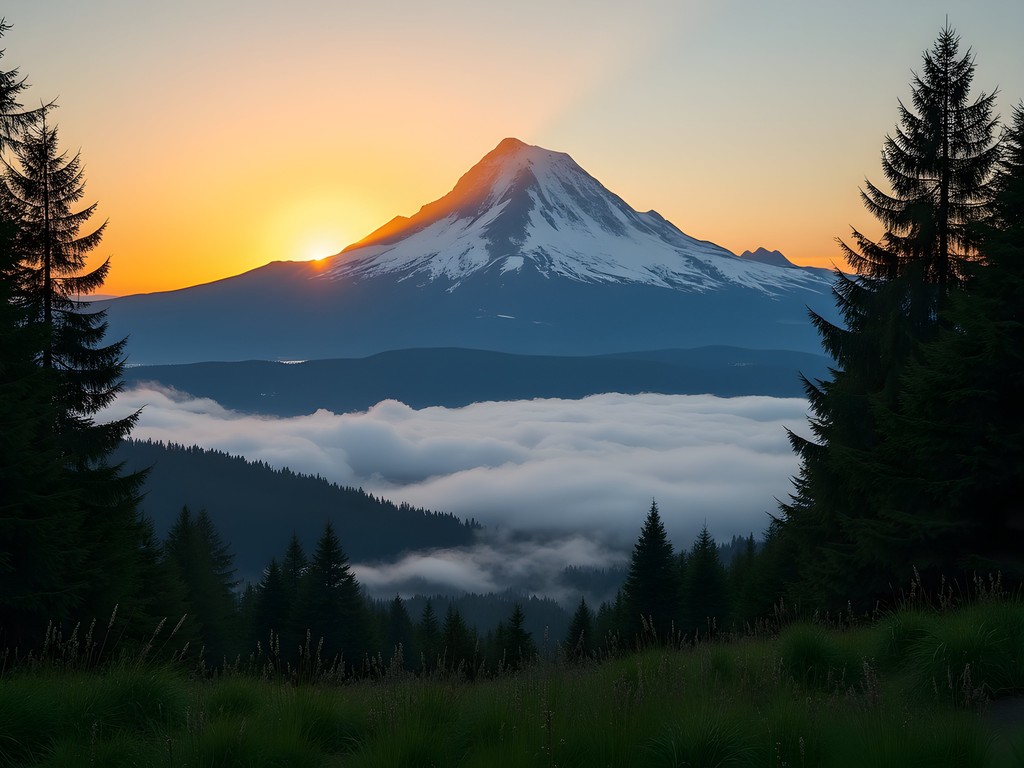
💡 Pro Tips
- Stay in Gresham Sunday through Thursday for significantly lower accommodation rates and fewer crowds
- The McMenamins Edgefield property offers complimentary tours explaining its sustainable practices and history
- Download the Gresham Trails app for detailed maps of local hiking paths and conservation information
The Road to Timberline: A Journey Through Microclimates
The drive from Gresham to Mt. Hood follows Highway 26 through a fascinating progression of ecosystems—a journey that reveals Oregon's remarkable biodiversity. Setting out early with a thermos of locally roasted coffee, I watched the landscape transform from suburban neighborhoods to farmland, then dense Douglas fir forests, and finally the alpine environment of Mt. Hood National Forest.
What struck me most was how this 50-mile journey mimics the ecological transitions one might experience traveling hundreds of miles north to south. Each bend in the road revealed subtle shifts in vegetation, temperature, and atmosphere—a compressed ecological journey that reminded me of similar experiences in Japan's mountain regions, where elevation changes create distinct cultural and agricultural zones.
I made strategic stops along the way, each offering a different perspective on the mountain's presence. The viewpoint at Jonsrud in Sandy provided a panoramic vista of Hood against farmland foreground. Further along, the Zigzag Ranger Station offered valuable insights into forest management practices and trail conditions. I was particularly impressed by the rangers' knowledge of sustainable recreation principles—balancing visitor access with ecosystem protection.
As the road climbed higher, I stopped at the Mt. Hood Cultural Center & Museum in Government Camp. The exhibits detailing the indigenous relationship with the mountain provided essential context for understanding this landscape as more than recreational space—it is a place of profound cultural significance and ecological importance.
My mirrorless camera proved invaluable throughout the journey, capturing the subtle light transitions as clouds played across the mountain face. The camera's weather-sealing was particularly appreciated when a brief mountain shower passed through, allowing me to continue documenting the landscape's changing moods without concern.

💡 Pro Tips
- Leave Gresham before 7am to avoid traffic and catch the best morning light on the mountain
- The historic Zigzag Inn makes an excellent mid-journey stop for coffee and local information
- Check road conditions before departing, as weather can change dramatically between Gresham and higher elevations
Timberline Lodge: Where Craftsmanship Meets Wilderness
Arriving at Timberline Lodge always feels like stepping into a living museum of American craftsmanship. As someone whose childhood was shaped by my grandfather's ceramic studio in Osaka, I've developed a deep appreciation for objects made with intention and skill. Timberline embodies this ethos—a Depression-era masterpiece where every beam, stone, and textile tells a story of human hands working in harmony with natural materials.
Built in the 1930s as part of the Works Progress Administration, the lodge represents a philosophy of construction that prioritized longevity, beauty, and connection to place—principles that align remarkably well with contemporary sustainability thinking. I spent an afternoon taking the guided historical tour, which revealed fascinating details about the building's construction using local materials and traditional techniques.
The massive stone fireplace at the lodge's center serves as both literal and metaphorical heart of the building. Watching snowflakes drift past the windows while sitting beside this hearth creates a profound sense of shelter—the Japanese concept of ibasho or 'place of belonging' comes to mind. Despite being a temporary visitor, I felt a genuine connection to this thoughtfully crafted space.
Timberline sits at 6,000 feet elevation, making it an ideal base for exploring Hood's alpine environment. From here, I ventured onto the Pacific Crest Trail, which passes just behind the lodge. Even in summer, patches of snow remained in sheltered areas, creating striking contrast against alpine wildflowers. My trekking poles proved essential for navigating these varied terrain conditions, providing stability on both rocky trails and occasional snow crossings.
The lodge's dining room deserves special mention for its commitment to regional cuisine. The menu features ingredients sourced from the same agricultural areas I'd passed through on my drive from Gresham—completing a narrative arc that connects mountain to valley in a meaningful way. Enjoying Oregon trout while gazing at the mountain where its waters originate exemplifies the mindful eating experience I value when traveling.
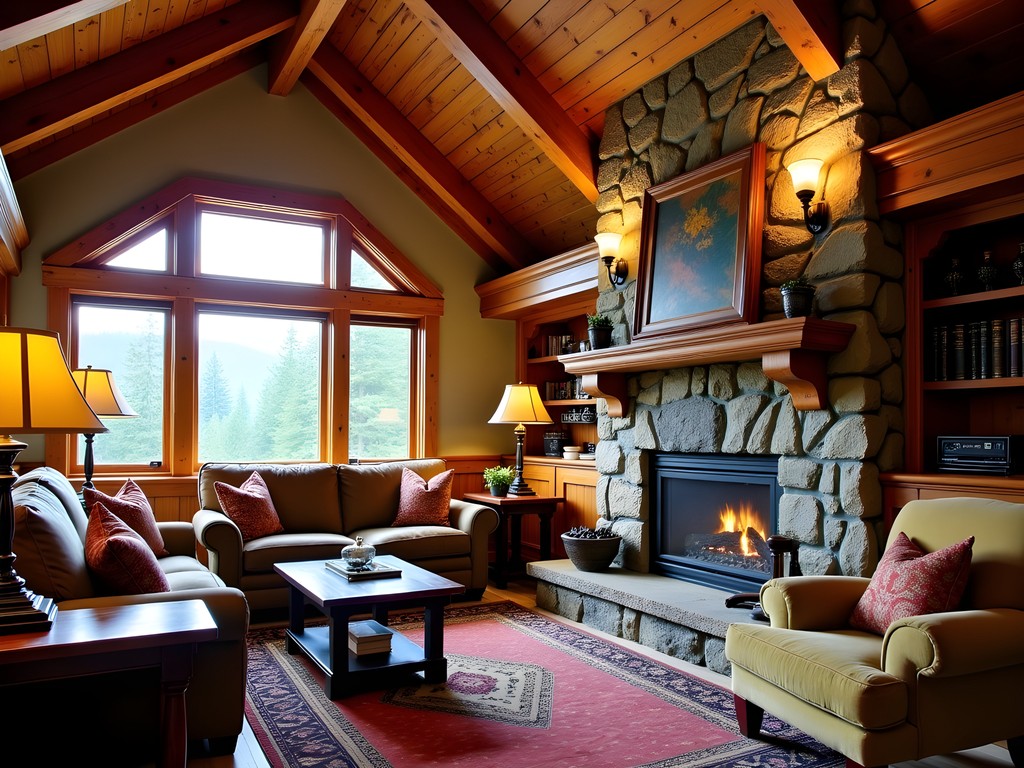
💡 Pro Tips
- Reserve a spot on the free historical tour of Timberline Lodge at least a day in advance—they fill quickly
- Request a south-facing room at the lodge for views of Mt. Jefferson and the Cascade range beyond
- The less-traveled Mountaineer Trail offers solitude and spectacular photography opportunities in early morning
Mirror Lake and Tom Dick and Harry Mountain: Finding Solitude
While Mt. Hood offers numerous well-known trails, I've always preferred seeking quieter experiences that allow for deeper connection with the landscape. The Mirror Lake and Tom Dick and Harry Mountain trail provides exactly this balance—accessible enough for most hikers yet offering genuine wilderness immersion and spectacular views.
Leaving Gresham before dawn, I arrived at the trailhead just as first light illuminated the forest. The initial section winds through old-growth forest, where moss-draped trees create an atmosphere reminiscent of the ancient forests near Kyoto. The morning mist hanging between trunks created what Japanese aesthetics would recognize as yugen—a profound, mysterious sense of the universe's beauty.
After about 1.5 miles, the trail opens to Mirror Lake, which on still mornings creates a perfect reflection of Mt. Hood that doubles its majesty. I paused here, brewing tea on my compact stove and allowing the morning stillness to settle around me. This mindful pause—something I learned from my mother's Japanese tea ceremonies—transforms a hike from mere exercise into meaningful experience.
Continuing beyond the lake, the trail climbs steadily toward Tom Dick and Harry Mountain. This section requires more effort but rewards with increasingly expansive views. The forest gradually thins, giving way to subalpine meadows where, in summer, wildflowers create spectacular displays. My hiking boots provided essential support and traction on this varied terrain, especially on the final rocky approach to the summit.
Reaching the top reveals a 360-degree panorama that includes not only Mt. Hood but also Mt. Adams, Mt. Rainier, and Mt. Jefferson on clear days—a perspective that helps one understand the volcanic architecture of the entire Cascade Range. I spent an hour at the summit, sketching the landscape in my journal and reflecting on how these cascading peaks mirror the mountain ranges of my Japanese childhood—different in composition but similar in their ability to inspire reverence.
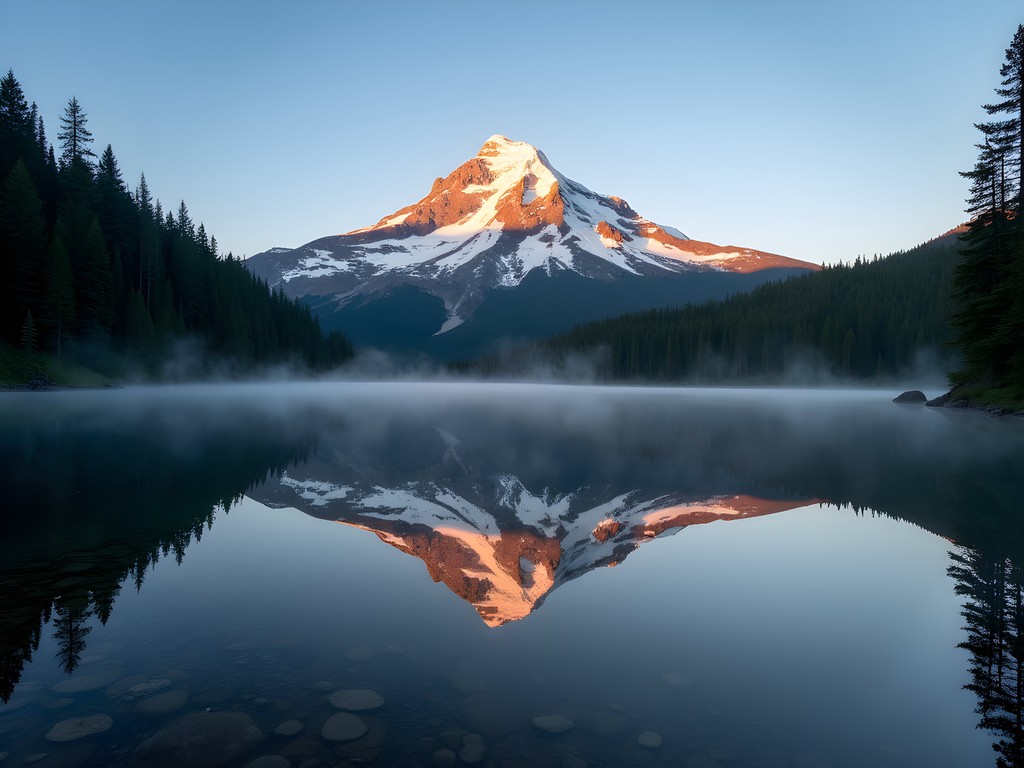
💡 Pro Tips
- Start this hike no later than 7am to experience Mirror Lake's reflective surface before winds develop
- Pack micro-spikes even in summer, as snow can linger in shaded sections of the trail into July
- The northwestern side of Tom Dick and Harry Mountain offers the best photography angles of Mt. Hood
Returning to Gresham: The Urban-Wilderness Balance
One of Gresham's most underappreciated attributes is how it serves as a decompression chamber between wilderness immersion and urban return. After days of mountain exploration, I found profound value in this transitional space—a place to process experiences before plunging back into faster-paced environments.
I dedicated my final day to exploring Gresham's local ceramic scene, a personal interest that connects to my family heritage. The Gresham Center for the Arts Foundation hosts rotating exhibitions featuring regional artists working with natural materials. I was particularly impressed by several potters using volcanic ash glazes—literally incorporating the mountain into their creative expression. This integration of landscape into craft mirrors Japanese ceramic traditions, where local materials give each region's pottery its distinctive character.
The Main City Park offered a perfect setting for reflection, its old-growth trees providing shelter for contemplating the week's experiences. I spent several hours transferring sketches and notes from my waterproof journal into more detailed journal entries, a practice that helps me process and preserve travel experiences.
Gresham's emerging food scene provided a fitting conclusion to the trip. At Syun Izakaya, I found Japanese comfort food prepared with Northwestern ingredients—a culinary parallel to my own cultural hybridity. The chef's use of local mushrooms in traditional Japanese preparations demonstrated how regional ingredients can be respectfully incorporated into different culinary traditions.
As dusk fell on my final evening, I walked Gresham's Springwater Trail one last time, watching Mt. Hood transform into a silhouette against the darkening sky. This moment of transition—day to night, mountain to city, immersion to return—embodied what makes this region special: the rare ability to access profound wilderness experiences while maintaining connection to community and comfort.
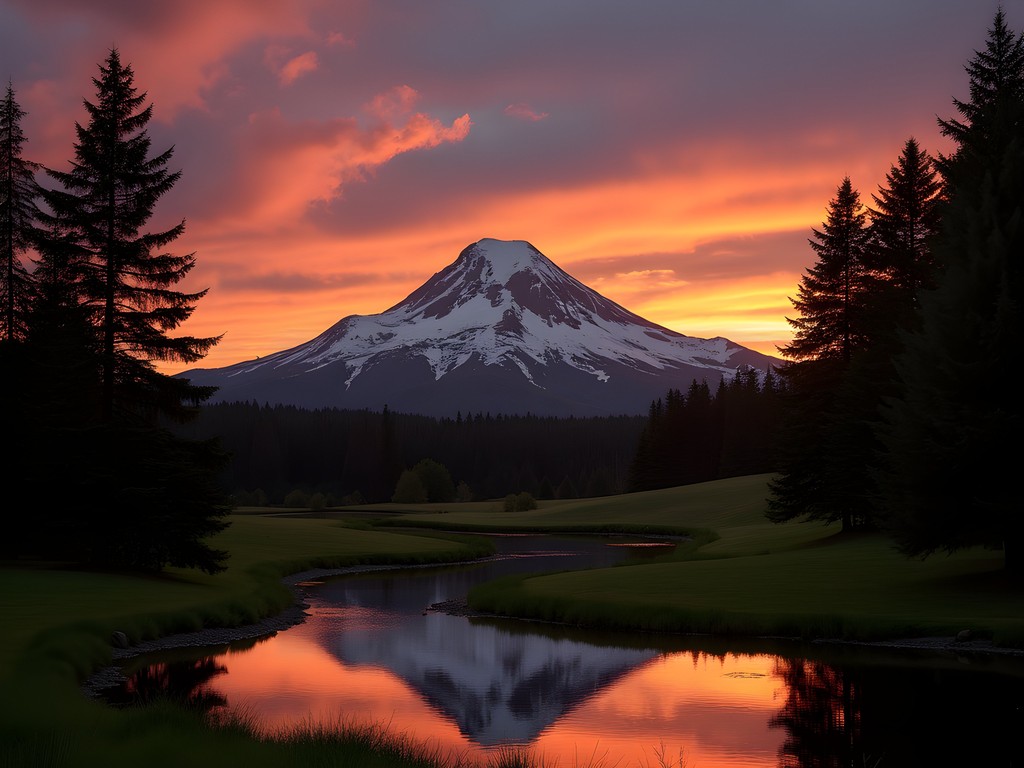
💡 Pro Tips
- Visit the Gresham Farmers Market (Saturday mornings, May-October) to find artisanal products incorporating local materials
- The Gresham Japanese Garden offers free meditation sessions that provide a perfect mental transition after mountain adventures
- For the best sunset views of Mt. Hood from Gresham, visit the Main City Park's eastern edge near the fishing pond
Final Thoughts
The relationship between Gresham and Mt. Hood embodies what I've sought throughout my travels—places that balance accessibility with authenticity, comfort with adventure. This unassuming city serves not merely as a gateway but as an integral part of the Mt. Hood experience, offering perspectives on the mountain that more tourist-oriented bases cannot. In the Japanese aesthetic tradition, there's appreciation for the ma—the negative space that gives form meaning. Gresham provides this essential counterpoint to Hood's dramatic presence, creating a more complete experience of place. As we seek more sustainable approaches to mountain tourism globally, this model of a community that facilitates wilderness access while maintaining its own distinct character offers valuable lessons. I leave with renewed appreciation for transitional spaces—those thresholds between different worlds that, when approached mindfully, enrich our understanding of both.
✨ Key Takeaways
- Gresham offers an authentic, less touristy base for exploring Mt. Hood with significantly lower accommodation costs
- The journey from Gresham to timberline presents a remarkable compression of ecosystems worth experiencing slowly
- Early morning starts are essential for both the best light on the mountain and avoiding summer crowds
📋 Practical Information
Best Time to Visit
July through September
Budget Estimate
$120-200 per day including accommodations, food, and activities
Recommended Duration
5-7 days
Difficulty Level
Moderate

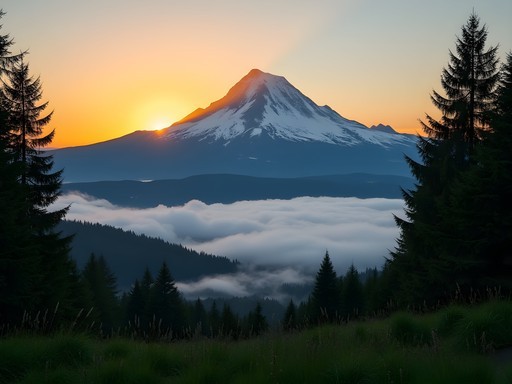
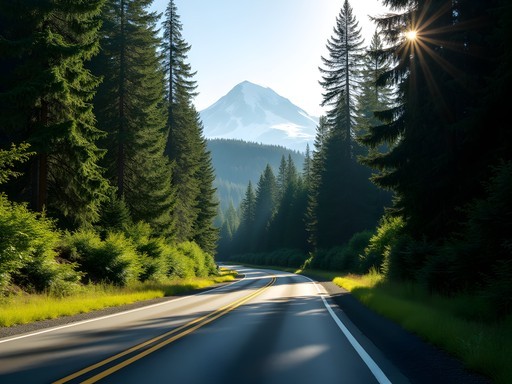


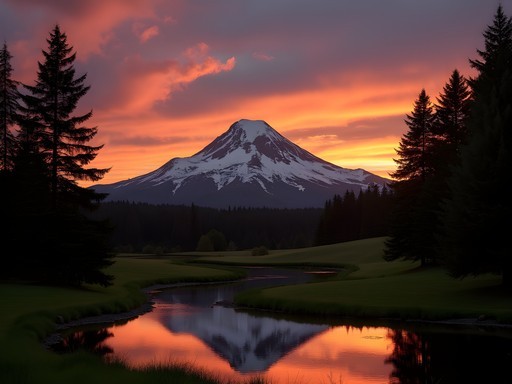






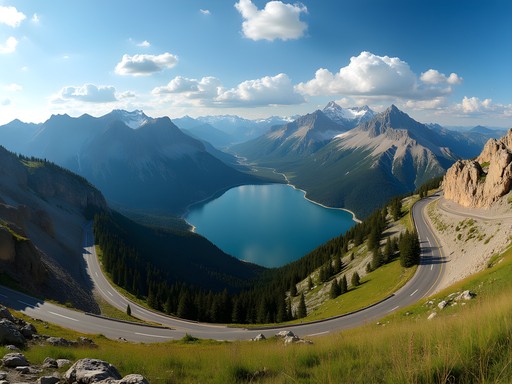
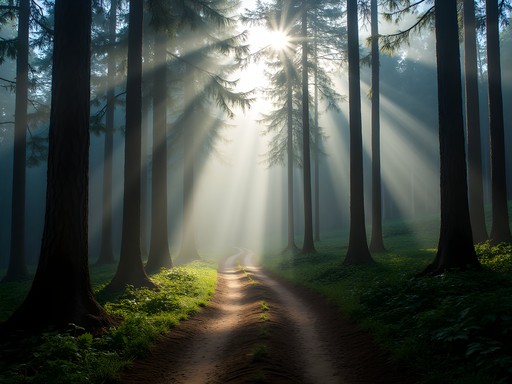

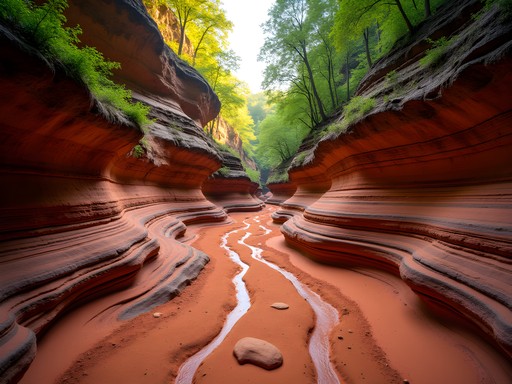
Comments
moonmood
Going to visit in June! Is the snow usually melted by then for the Mirror Lake hike? First-timer here!
Kenneth Jones
June is typically good for Mirror Lake, though you might encounter some snow patches on the upper sections of Tom Dick and Harry Mountain. The trail should be well-marked though! Check with the ranger station before heading out.
moonmood
Perfect, thanks! So excited!
Frank Garcia
Excellent analysis of Gresham as a basecamp for Mt. Hood adventures. I backpacked through this area last year and found the accessibility/wilderness balance you described to be spot on. The transit connections are surprisingly efficient for a US destination - reminds me of how mountain towns function in parts of Europe. One thing I'd add for budget travelers: the hostel in Government Camp is a hidden gem if Timberline Lodge is beyond your budget. And winter visitors should note that microspikes are essential for many of the trails from November through May. Mirror Lake is magical when partially frozen!
moonmood
Thanks for the Government Camp hostel tip! Was worried about accommodation costs.
Frank Garcia
No problem! Book early though - it fills up fast during ski season and summer weekends.
coffeenomad
Those Timberline Lodge photos are incredible! Definitely adding this to my Oregon road trip for next summer.
springlegend
Just got back from Gresham last week! That public transit option to Timberline you mentioned was a game-changer for us - no parking hassles and we got to enjoy the scenery instead of focusing on mountain roads. Mirror Lake was magical in the morning light, though we didn't make it all the way to Tom Dick and Harry summit (saving that for next time). The microclimates thing is so real - we packed layers like you suggested and needed ALL of them throughout the day. Did you check out any of the breweries in Gresham? We found some great ones!
Kenneth Jones
So glad the transit tip helped! I did hit a few breweries - Migration Brewing was my favorite. Next time try to make it to the summit, the view of Mt. Jefferson and the Cascade range is worth the extra push!
springlegend
Migration was great! Will definitely push for the summit next time, thanks for the motivation!
Jean Wells
Kenneth, your observation about Gresham as a transitional space between urban and wilderness is spot-on. I spent three weeks in the area last summer and found the gradual shift in ecosystems as you ascend from Gresham to Timberline fascinating from an environmental perspective. For those interested in geology, the various volcanic features visible on this route tell a remarkable story about the Cascade formation. The microclimate variations you mentioned are particularly evident in autumn when you can experience multiple seasons in a single day's journey. Gresham's commitment to sustainability deserves more attention - their transit-oriented development approach is a model other gateway communities could learn from.
Kenneth Jones
Thanks Jean! I completely agree about Gresham's sustainability initiatives. Did you have a chance to check out any of their community gardens or the farmers market?
Jean Wells
I did! The Saturday farmers market was a highlight - I appreciated how they've integrated local agriculture with their urban planning. The community seems genuinely committed to maintaining that balance you wrote about.
greenqueen
Great article! If anyone's heading to Timberline, I highly recommend their Sunday brunch. Spectacular views and the food is amazing. Also, I found my trekking poles essential for the Tom Dick and Harry Mountain section - it gets pretty steep in parts.
adventureblogger
Planning to visit in October - is that too late in the season for the Mirror Lake hike? Also, did you find the public transportation from Gresham to Mt. Hood reliable or would you recommend renting a car?
Kenneth Jones
October can be hit or miss - you might get beautiful fall colors or early snow. Check the weather forecast before heading up. As for transportation, I'd recommend renting a car if you're planning multiple mountain trips. The Mt. Hood Express bus is good but has limited schedules.
greenqueen
I did Mirror Lake in early October last year and it was perfect - crisp air and fewer crowds. Just make sure you have layers as the temperature changes dramatically throughout the day.
waveguy
Just got back from Gresham last weekend! Used it as our basecamp exactly like you suggested. The public transit connection to Portland was super convenient, and we loved how we could be in the mountains in under an hour. Timberline Lodge was everything you described - that massive stone fireplace is something else. We lucked out with perfect weather for the Mirror Lake hike too!
photolegend
Those Mirror Lake shots are incredible! Did you hike up to the viewpoint on Tom Dick and Harry Mountain too?
Kenneth Jones
Thanks! Yes, I did make it up to the viewpoint. The extra mile is absolutely worth it - you get a completely different perspective of Hood from up there.
photolegend
Good to know! Adding that to my list for next month.
mountain_mama
That shot of Timberline Lodge in the snow is absolutely magical! Looks like something from a movie.
Venture X
Premium card with 2X miles, $300 travel credit, Priority Pass